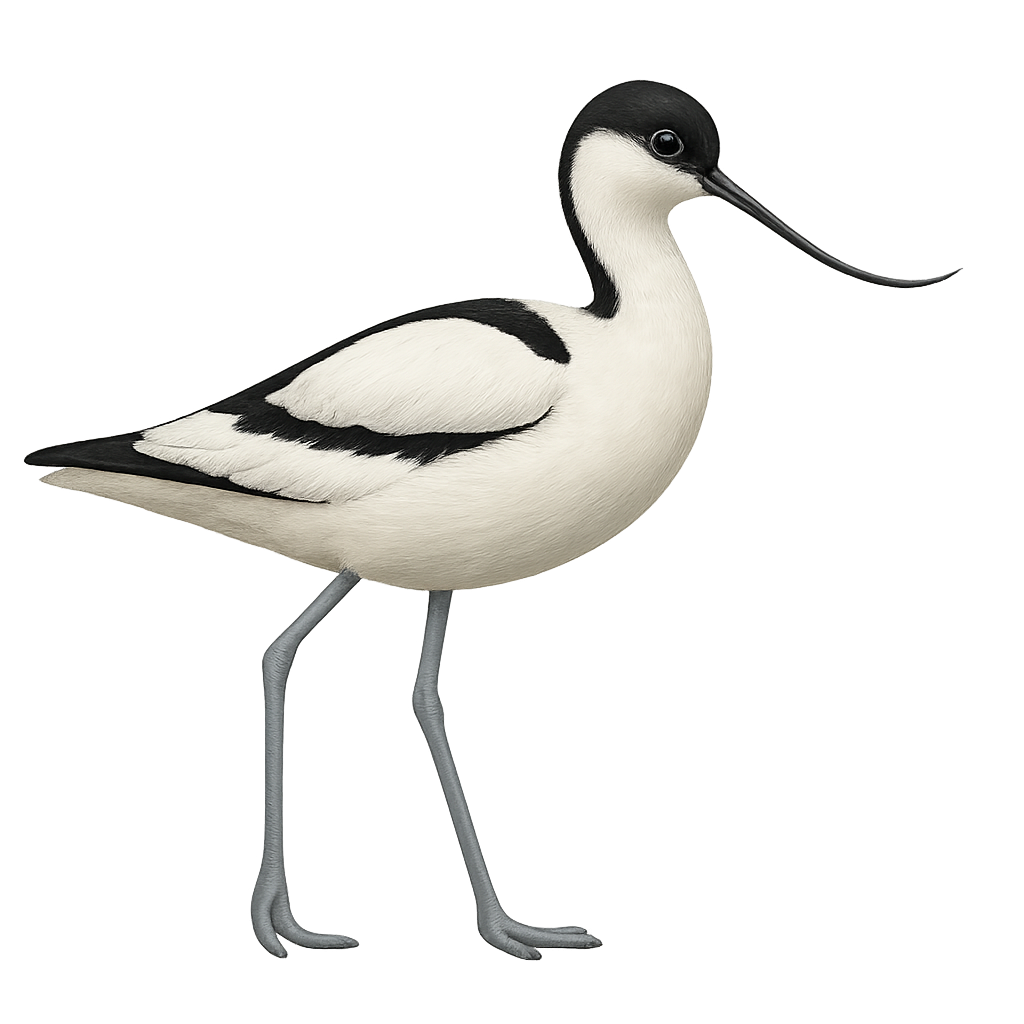Your wildlife photography guide.
Explore the pied avocet in detail, study its behavior, prepare your shots.
Where to observe and photograph the pied avocet in the wild
Learn where and when to spot the pied avocet in the wild, how to identify the species based on distinctive features, and what natural environments it inhabits. The WildlifePhotographer app offers tailored photography tips that reflect the pied avocet’s behavior, helping you capture better wildlife images. Explore the full species profile for key information including description, habitat, active periods, and approach techniques.
Pied Avocet
Scientific name: Recurvirostra avosetta

IUCN Status: Least Concern
Family: RECURVIROSTRIDAE
Group: Birds
Sensitivity to human approach: Suspicious
Minimum approach distance: 30 m
Courtship display: April to May
Incubation: 23–25 jours
Hatchings: May to June
Habitat:
Wetlands, salt marshes, and rivers
Activity period :
Primarily active during the day, with peak activity in the morning and late afternoon.
Identification and description:
The Pied Avocet is a graceful bird, easily recognizable by its long, upturned bill and striking black-and-white plumage. This bird inhabits wetlands, lagoons, and estuaries in Europe, Asia, and North Africa. The Avocet primarily feeds on small aquatic invertebrates, which it catches by sweeping its bill characteristicly through the water. Its flight is light and elegant, and it often moves in small groups, creating scenes of great beauty.
During the breeding season, the Pied Avocet exhibits courtship behaviors where males display their plumage and perform graceful movements to attract females.
Recommended lens:
300 mm – adjust based on distance, desired framing (portrait or habitat), and approach conditions.
Photography tips:
The WildlifePhotographer App is coming soon!
Be the first to explore the best nature spots, track rutting seasons, log your observations, and observe more wildlife.
Already 1 431 wildlife lovers subscribed worldwide

